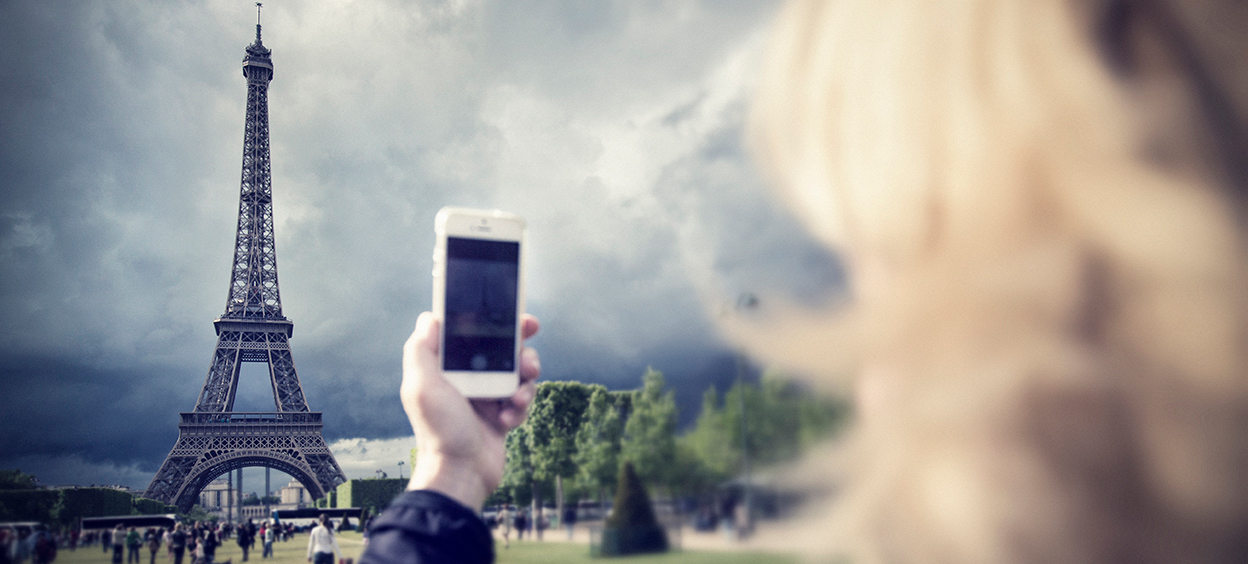Get the best out of your smartphone camera
Tempted to leave the camera bag at home on your trip, but not sure if your smartphone is up to the job?

With high-res smartphone cameras, you’ll almost always be able to capture those picture-perfect moments if you keep a few pointers in mind.
No flash
One of the first tips expert iPhoneographers dish out is to ditch the flash. The flash on smartphones is just an LED bulb that isn’t actually timed to flash at the appropriate time to light your subject.
The lesson: turn off the flash and look for the best natural lighting conditions.
“Early morning or late afternoon provide that golden light that makes photos rich with colour and texture,” says Carlos Osorio, a photographer for the Toronto Star.
Smartphones don’t take great nighttime pics, so if you’re looking for a picture from a nightclub, find an area with plenty of spotlights.
Get an app
The default camera in most smartphones is usable in a pinch, but it’s not the best tool for the trade. There are plenty of inexpensive apps for Android and iOS that can get the most of your smartphone camera.
Camera +, Snapseed and Instagram are a few to get you started.
- Camera + and Snapseed allow you to control exposure and focus while shooting. They offer a variety of filters and effects too. Experiment with both to see which one you like best.
- Instagram’s main benefit is for sharing photos, instantly. Snap a pic, attach a filter and put it out on social media in seconds, in just a few quick touches.
Tight shots
Take advantage of your flexibility with your tiny camera phone and nestle up close to your subject. Zooms on smartphone cameras generally don’t work well.
Powerful subjects
Once you’ve got the right conditions and found the right app, look for an interesting subject. “When I travel, I look for vistas, colour, mood and, of course, a human element in my photos,” Osorio says.
For candid human shots, sometimes you have to take the picture first, and then talk to your subject afterwards as a courtesy. When possible, introduce yourself to your subject beforehand, if you notice them doing something interesting worthy of a photo.
At religious sites and museums, always check with a senior official before snapping photos.
Make mistakes
Take lots of pics. Most smartphones have enough memory for plenty of photos. Don’t wait for the perfect shot -- just keep clicking away. You can always delete the ones you don’t like. Or apply a filter to make them look better.
Be aware of roaming charges
Many phones sync photos automatically with a “cloud” service, like iCloud. This will use up a lot of data, very quickly! If you’re “roaming” according to your mobile provider, it’s a lot more efficient to turn off data services to avoid very high roaming charges.
